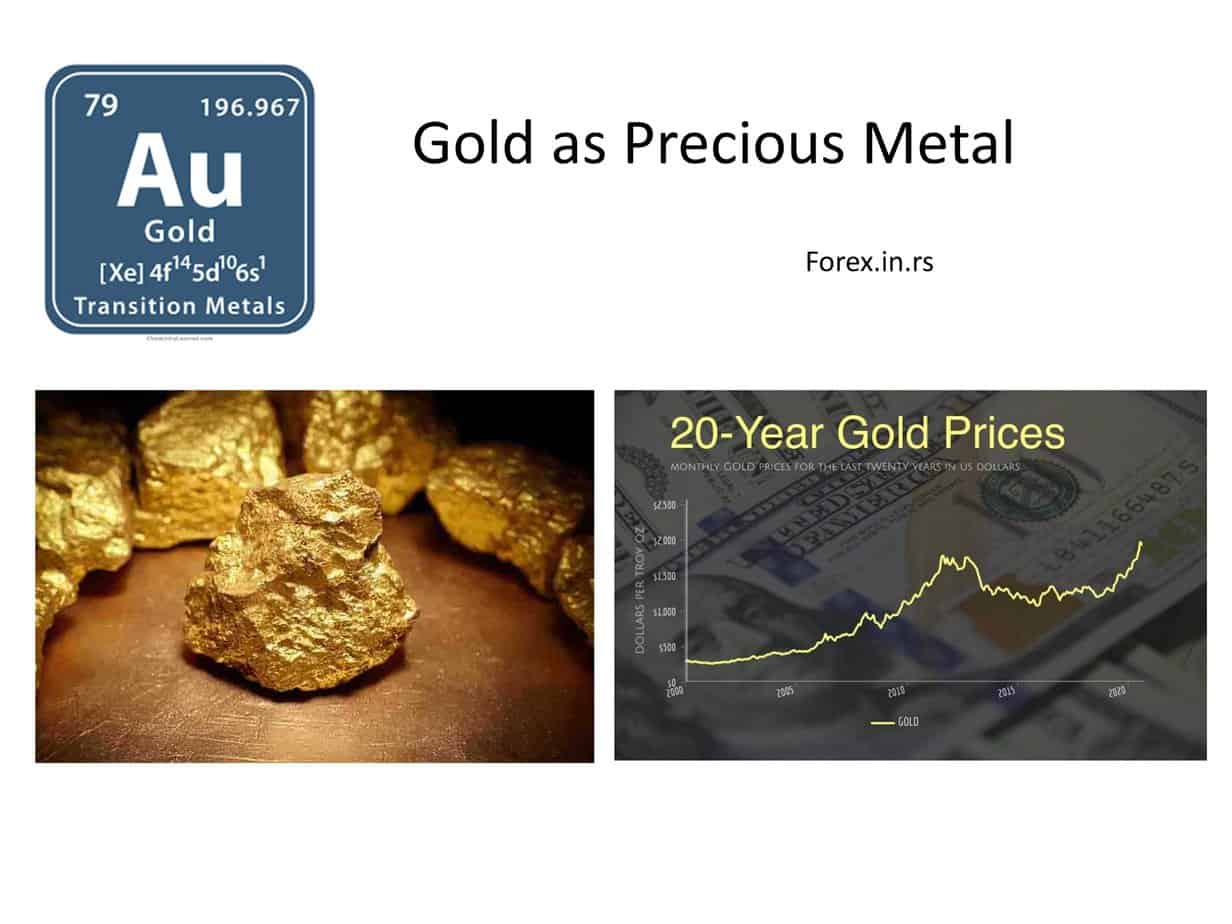Precious metals like gold and silver may seem like a wise investment option. After all, they are universally valuable and can retain their worth even during economic instability. However, these precious metals are not always the best option for investors. Here are several reasons why investing in precious metals may be unwise.
Why is Precious Metals a Bad Investment?
Precious Metals can be a bad investment during strong US dollar or low inflation market conditions. However, during recessions when the stock market decline, precious metals can be a potentially lucrative investment because of the historical gold and silver price bullish trend.

While precious metals have historically been viewed as a safe-haven investment that can hedge against inflation and economic uncertainty, there are certain market conditions in which they may not be a good investment. Here are a few examples:
- Low Inflation: Precious metals, particularly gold, and silver, are often seen as a hedge against inflation. When inflation is low, however, there may be less demand for these metals as an inflation hedge, which can negatively impact their prices.
- Strong US Dollar: Because precious metals are typically priced in US dollars, a strong dollar can make them more expensive for investors in other currencies. When the US dollar is strong, it can reduce demand for precious metals and cause prices to fall.
- Improving Economic Conditions: Precious metals are often considered a safe haven investment during economic uncertainty or recession. When economic conditions are improving, however, investors may shift their focus to other investments with higher potential returns, which can lead to decreased demand for precious metals and lower prices.
- Interest Rates: When interest rates are high, and the economy is in good shape, investors may be more inclined to invest in fixed-income securities such as bonds rather than precious metals, which can lead to decreased demand for metals and lower prices.
- Increased Supply: The supply of precious metals, particularly gold, and silver, can be affected by mining production and recycling efforts. When there is an increase in the collection of these metals, it can put downward pressure on prices.
It’s important to note that while these market conditions may make precious metals less attractive in the short term, they are still a valuable part of a diversified investment portfolio over a long time. Additionally, other factors beyond market conditions may impact the price of precious metals, such as geopolitical events or unexpected economic shocks.
Firstly, there is a lack of liquidity with precious metals investments. As a result, it cannot be easy to sell or exchange these assets for cash quickly when needed. In comparison, stocks and bonds have much more liquidity, allowing investors access to money when necessary. Furthermore, the price of precious metals can be volatile, meaning they could lose their value at any given moment without warning. With stocks and bonds, on the other hand, existing prices can be tracked much more efficiently so that investors can make informed decisions about when to buy or sell.
Another potential downside of investing in precious metals is the cost associated with storage and insurance. These costs can add up over time and eat away at potential profits if the asset does not increase in value significantly enough over the long term. In contrast, stocks do not typically require physical storage solutions or insurance premiums because they exist purely on paper rather than as tangible goods.
Finally, there is also a lack of diversity in precious metal investment, which could lead to overall riskier portfolios. As mentioned earlier, stock portfolios have a much greater variety of sectors, and industrigivingives them a much broader reach – something that is impossible just by holding physical gold or silver bars alone. This diversification aspect also helps mitigate losses should one sector suffer due to market conditions or other factors beyond investor control since the effect will be felt less severely across many different markets rather than just one specific area related to precious metals investments alone.
In conclusion, while investing in precious metals may seem like a great idea initially due to their universal value and ability to hold worth during economic downturns – it’s essential to consider other factors such as liquidity issues as well as higher storage costs compared to stocks before deciding whether this type of investment is right for you or not. In addition, the lack of diversity associated with these types of investments is another potential red flag that should cause one to think twice before committing funds to this alternative asset class without researching further first – especially if you’re using money that you cannot afford to lose entirely in order do so!
























